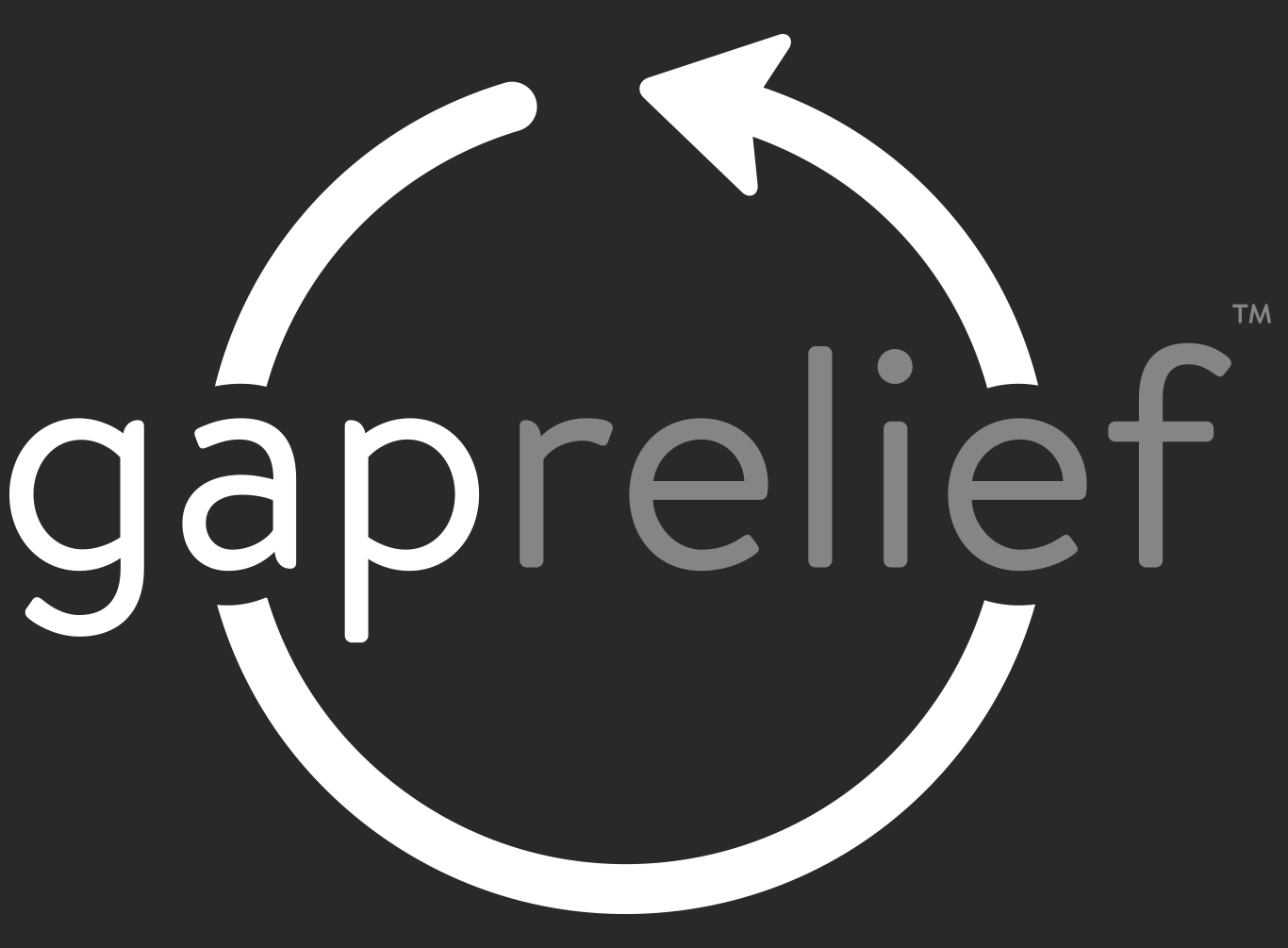On Being Trauma-Impacted Leaders
How the Gap Relief Co-Founders maintain their own health while walking toward pain, stress, and trauma
Something that is very unique about what we do at Gap Relief is that we are intentionally moving toward trauma-impacted leaders when we, ourselves, are also trauma-impacted leaders. This can be tricky because, like many community helpers, we tend to neglect our own pain, stress, and trauma in order to continue serving others through theirs. At Gap Relief, we have to intentionally act out the very thing we help other leaders to do. We have to put on our own oxygen masks first.
Gap Relief Co-Founders and Co-Directors, Megan Taylor and Amy Butler, took some time this week to walk us through some of the ways they are intentional about caring for their own conditions so that they can stay on-mission for the helpers that they serve so passionately.
Megan explains that they are intentional in going toward their condition with care and relief in a couple of ways.
One of these is individually. They know that they experience the pain, stress, and trauma that comes with walking alongside others in their pain, stress, and trauma in very personal and specific ways. So, it is important that they are able to take care of their own systems and cycles of healing while leaning on each other for support.
The second is that they lean into healing for themselves as a unit; as Co-Directors. While they do have their own unique lenses through which they see their experiences, they also recognize the impact of going through difficulties alongside each other. So, they purposely attend to the relationship between the two of them in these spaces.
Amy and Megan are passionate about handing ideas on how to do this well to other trauma-impacted leaders, so here are a few of their best pieces of advice on navigating this type of growth and healing.
Get outside of your normal experience. They suggest attending trainings together, doing leadership retreats, etc in order to get away from the day-to-day and utilize that space to breathe, de-stress, heal, and come back stronger.
Invite unique consultants to walk alongside you as leaders. They have asked experts in varying fields to speak into the work they are doing and resource them. Inviting outside helpers to help them as helpers is vital to maintaining the Gap Relief mission.
Their last major piece of advice is to include a fun day into their regular schedule. They recognize that the majority of the work that they do, and the impact it has, is dark and heavy, and one of the core values of the Gap Relief team is balancing darkness with light. Intentionally ensuring that our eyes see and our systems experience light and fun things, as well as the hard, is proven to promote healing and wholeness. So, putting things on the calendar that create these healing experiences is vital to sustaining what they do best.
Gap Relief has trauma-impacted leaders’ backs! We are cheering you on as you fight for resilience for your community and we would love to walk alongside you as you do this.

